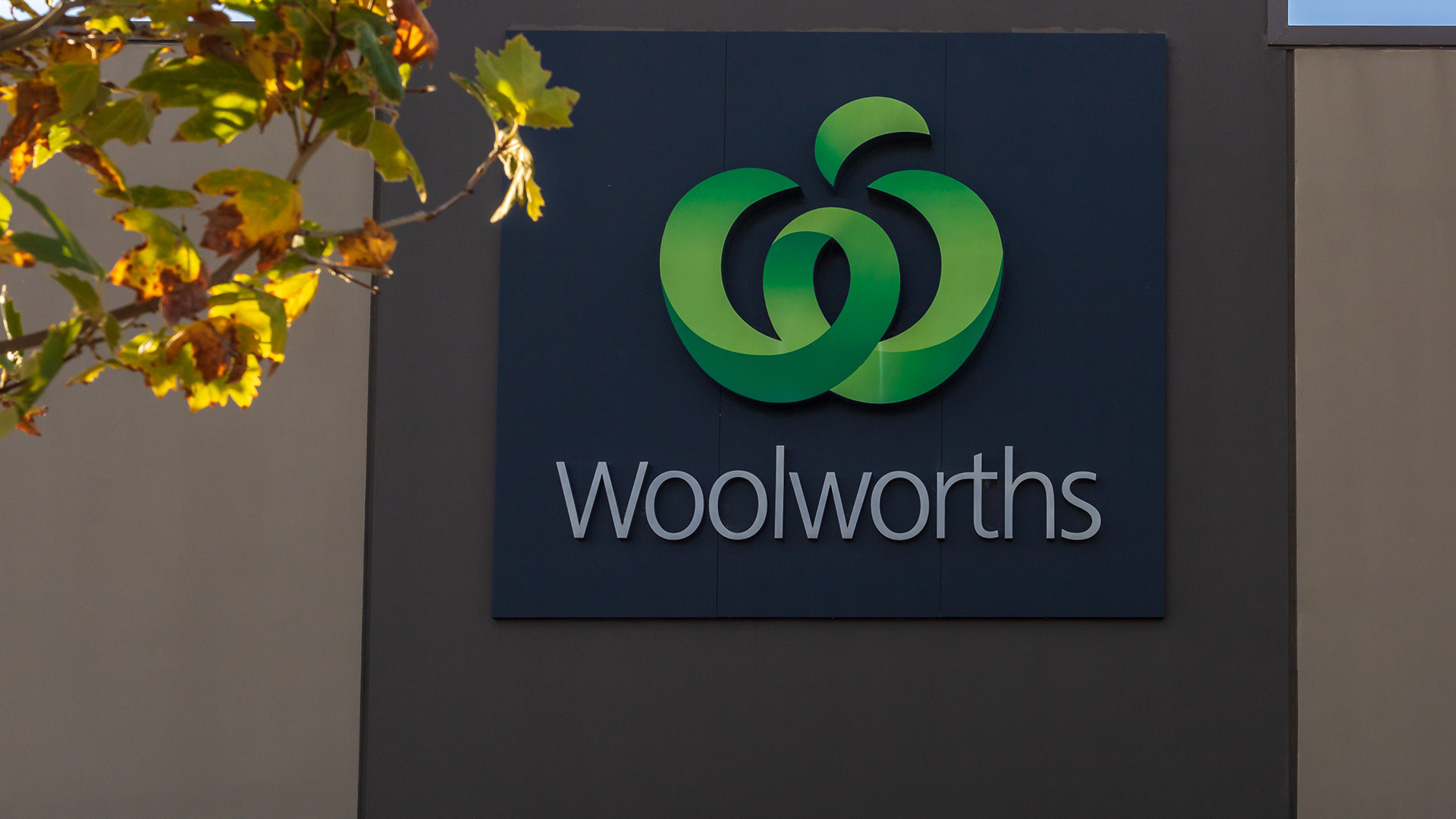
Last month China imported a record 64.5 million tonnes of iron ore, much higher than anyone had expected, as car production topped a million units again for a seventh month in September.
A week ago Rio Tinto lifted its targeted 2009 iron ore production by between 5% and 7.5% to a maximum of 215 million tonnes.
Yesterday BHP Billiton revealed solid September quarter (the first of the 2009-10 financial year) with record iron ore production and more importantly, a big rise in output from Australia.
But it’s not all bullish in the Chinese industry: yesterday the Chinese government has suspended plans for two big 10 million tonnes a year (combined around three times Australia’s annual production) steel projects under the developing policy aimed at cutting overcapacity in six key industries, including steel.
Chinese media reports said the two 10 million tonnes a year steel plan projects, one from the huge BaoSteel group, the other from the major producer, Wuhan, would not proceed under this new policy.
The decisions were announced at a press conference yesterday in Beijing. The decisions were made by the powerful National Development and Reform Commission.
"Xiong Bilin, an official with the National Development and Reform Commission, China’s top economic planning body, delivered the message at a press conference yesterday and added that the start date of the projects would depend on the development trend of the steel industry.
Both projects had been given the go-ahead in 2008 by the State Council, China’s Cabinet, before the Lehman Brothers failure escalated the global financial crisis into a global recession.
Steel production figures for September have not yet appeared officially.
They will in the next 24 hours when the latest flow of data from Beijing is released, but unofficial reports suggest a 4% drop to just under 50 million tonnes.
But that’s a very solid outcome.
So it’s no wonder BHP and Rio are facing a demand picture now for iron ore (and Chinese steel) vastly different than a year ago, or three to six months ago).
But the huge Vale (or CVRD), the giant Brazilian iron ore producer is cranking up to expand output of iron ore over the next two years.
Vale also plans to build trans shipment sites in Asia where iron ore can be stockpiled (and some of its other minerals) to allow it to better compete with Rio and BHP, especially in the China market.
Rio and BHP have a huge freight advantage in Asia over Vale, some say it could be of the order of 20%-25% in freight costs and time.
It effectively means one less ship for every iron ore supply cycle (of one loading, one en-route and one unloading in China. Vale has to have two en-route to maintain continuous supply).
A week ago Rio Tinto was upbeat in its third quarter production review, revealing record production and sales and lifting its 2009 output target 5%-7.5% to a high of 215 million tonnes.
Yesterday BHP Billiton was almost as upbeat, revealing record production (thanks to a rise in iron ore pellets in Brazil, not in Australia, but there was an 11% rise in Australia in the quarter.
BHP said iron ore production rose to 30.106 million tonnes in the three months ended September 30, from 29.824 million tonnes the same period in 2008, helped by the start of operations at its three pellet plants in Samarco, Brazil, in July.
However, production also was 11% higher from the June quarter of this year, which is a better reflection of the surge in demand, especially from China in that time.
But BHP did qualify this solid production effort in its commentary as it said it saw demand from China steadying in the coming year:
"Chinese economic growth continues to be robust on the back of strong domestic focused consumption and infrastructure-based stimulus spending.
"China’s re-stock of commodities is essentially complete and there is now evidence of higher than normal stockpiles across the supply chain.
"We continue to look for Chinese imports to more closely reflect real demand over the remainder of 2009 calendar year."
BHP also saw improved signs from other markets (as did Rio Tinto), but again, it was tempered by the reality of the continuing sluggish levels of demand in some major western economies.
"There are signs of stabilisation in the developed economies, with positive signs of improvement in Industrial Production, the Purchasing Managers Index and a turn in consumer confidence.
"However, unemployment in key developed economies, such as the US, Japan and Europe, continues to lag and may trend higher in the near term.
"We are starting to see some positive impact of re-stocking of pipelines, particularly in steel making raw materials, after a period where demand essentially disappeared.
"Despite the low metal inventories in developed economies, there is little evidence yet of sustainable demand for metals emerging post the northern summer.
"We continue to stress that this developed economy improvement is not without volatility and is from a very low base.
"We maintain our view that real demand follow-through in developed economies may not be transparent until mid-2010 calendar year."
The market looked at the report and shrugged and said ‘ so what. The shares ended down just 8 cents at $39.83.
The market was weaker after Wall Street had a tizz and was off a third of one per cent for much of the day.













